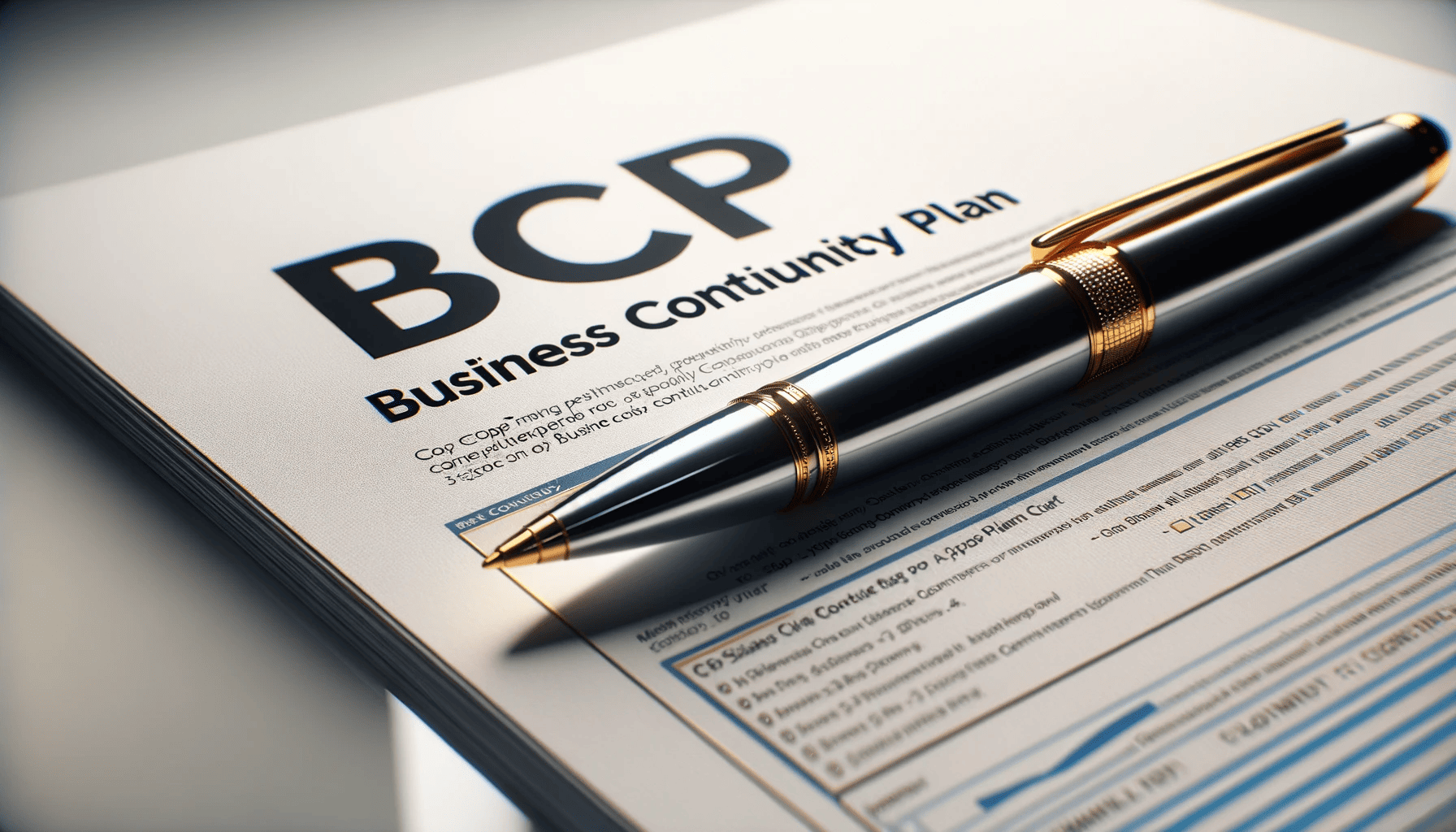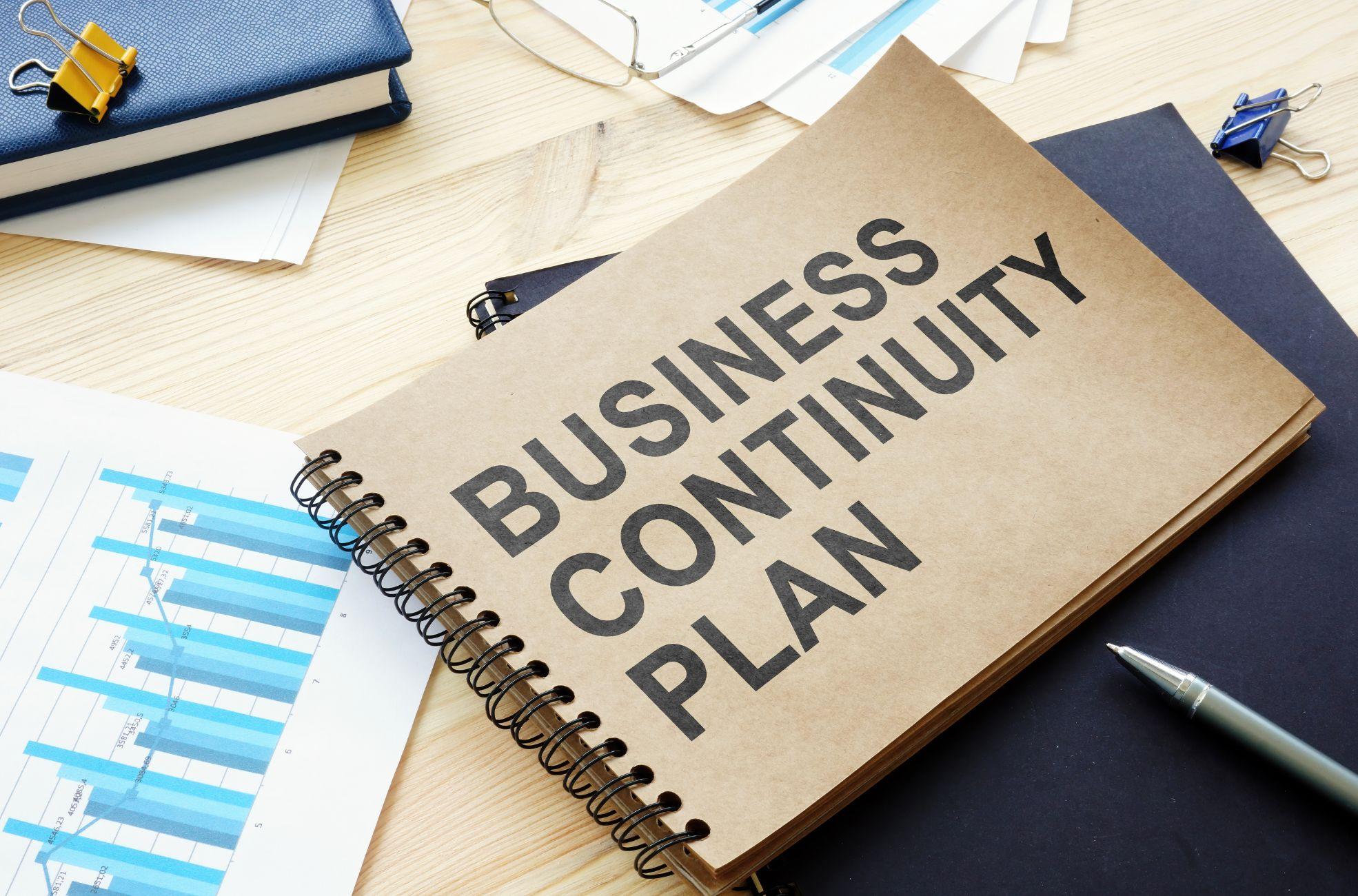In today’s fast-paced world, businesses are exposed to various risks, including natural disasters, cyberattacks, pandemics, and operational disruptions. A Business Continuity Plan (BCP) ensures that your company can continue operating smoothly during and after unforeseen events.
Why Business Continuity Planning is Crucial
A Business Continuity Plan is not just a luxury; it’s a necessity for organizations of all sizes. In the face of unexpected disruptions, companies without a plan may experience financial losses, damage to reputation, or even permanent closure.
Having a well-designed BCP minimizes downtime, protects critical operations, and ensures your team knows how to respond effectively during crises.
What is a Business Continuity Plan (BCP)?

A Business Continuity Plan is a proactive approach that outlines procedures and strategies to ensure that a company can continue its operations during and after a disruption. It addresses essential components like communication, resource management, and recovery steps to maintain business functionality.
Key Benefits of a Business Continuity Plan
- Minimized Downtime: Ensures faster recovery and uninterrupted operations.
- Financial Stability: Reduces financial losses from unexpected disruptions.
- Customer Trust: Demonstrates reliability and commitment to service.
- Employee Confidence: Provides clear guidance for employees during crises.
- Regulatory Compliance: Helps meet legal and industry requirements.
How to Set Up a Business Continuity Plan
Step 1: Conduct a Business Impact Analysis (BIA)
The first step in setting up a BCP is understanding how potential disruptions could impact your business operations.
- Identify Critical Functions: List the most essential operations that must continue.
- Assess Risks: Evaluate threats like cyberattacks, natural disasters, and supply chain interruptions.
- Determine Financial Impact: Quantify the potential losses from downtime or disrupted services.
Example: A retail store might identify its point-of-sale system as a critical function, while a consulting firm may prioritize client communications.
Step 2: Establish Recovery Objectives
Define key metrics to guide your recovery efforts:
- RTO (Recovery Time Objective): The maximum acceptable downtime for a specific operation.
- RPO (Recovery Point Objective): The acceptable amount of data loss measured in time (e.g., 24 hours).
These metrics help prioritize recovery efforts and allocate resources effectively.
Step 3: Develop Contingency Strategies
Design strategies to address potential disruptions:
- Alternative Work Locations: Identify backup offices or remote work solutions.
- Redundant Systems: Invest in backup servers, cloud storage, or alternative supply chains.
- Communication Plans: Establish protocols to inform employees, customers, and stakeholders during crises.
Tip: Use technology like project management tools or collaboration platforms to ensure seamless communication.
Step 4: Create an Emergency Response Plan
An emergency response plan outlines immediate actions to take during a crisis:
- Evacuation Procedures: Ensure the safety of employees and customers.
- Crisis Communication: Designate spokespersons and draft template messages for different scenarios.
- Incident Management Teams: Assign roles and responsibilities for handling emergencies.
Step 5: Document the Plan
Compile all information into a comprehensive document:
- Contact Lists: Include key personnel, vendors, and emergency services.
- Step-by-Step Procedures: Clearly outline actions for different scenarios.
- Resource Inventory: List backup equipment, supplies, and critical data storage locations.

Step 6: Test and Update the Plan
Regular testing ensures your plan remains effective:
- Simulated Drills: Conduct practice scenarios to identify gaps.
- Employee Training: Ensure all staff are familiar with the plan and their roles.
- Regular Updates: Revise the plan to reflect changes in your business or emerging risks.
Common Challenges in Business Continuity Planning
- Lack of Awareness: Employees may not understand the importance of the BCP.
- Insufficient Resources: Limited budget or personnel can hinder planning.
- Outdated Plans: Failing to update the plan reduces its effectiveness.
- Overlooking Key Risks: Ignoring certain threats can leave the business vulnerable.
Solution: Involve key stakeholders, allocate necessary resources, and review the plan annually.
Success Stories: Real-Life Examples of Effective BCPs
Case Study 1: A Retail Chain Overcomes a Cyberattack
A large retail chain experienced a ransomware attack that shut down its systems. Thanks to its BCP, the company switched to backup servers within hours, minimizing customer impact and financial losses.
Case Study 2: A Small Business Survives a Natural Disaster
A family-owned restaurant faced severe flooding, forcing it to close temporarily. The BCP included alternative kitchen arrangements, enabling them to continue operations through delivery services.
Case Study 3: A Tech Startup Adapts During a Pandemic
When the COVID-19 pandemic hit, a tech startup quickly shifted to remote work, thanks to its pre-established contingency plan. This proactive approach allowed them to maintain productivity and retain clients.
The Value of Proactive Planning
A Business Continuity Plan is not just a document—it’s a lifeline for your business during challenging times. By investing time and resources into developing a robust BCP, you can safeguard your operations, protect your employees, and build trust with your customers.
Remember, the key to resilience is preparation. Start planning today and ensure your business is ready for whatever comes its way

Frequently Asked Questions (FAQs)
1. Why is a Business Continuity Plan important?
A BCP ensures that your business can recover quickly from disruptions, minimizing financial losses and maintaining customer trust.
2. What are the key components of a BCP?
A BCP typically includes a business impact analysis, recovery objectives, contingency strategies, emergency response plans, and regular testing procedures.
3. How often should I update my Business Continuity Plan?
You should review and update your BCP annually or whenever there are significant changes in your business operations or risk landscape.
4. What tools can help with Business Continuity Planning?
Tools like cloud storage solutions, project management software, and data backup systems are essential for an effective BCP.
5. How do I test my Business Continuity Plan?
Conduct simulated drills, review response times, and gather feedback from employees to identify areas for improvement.




